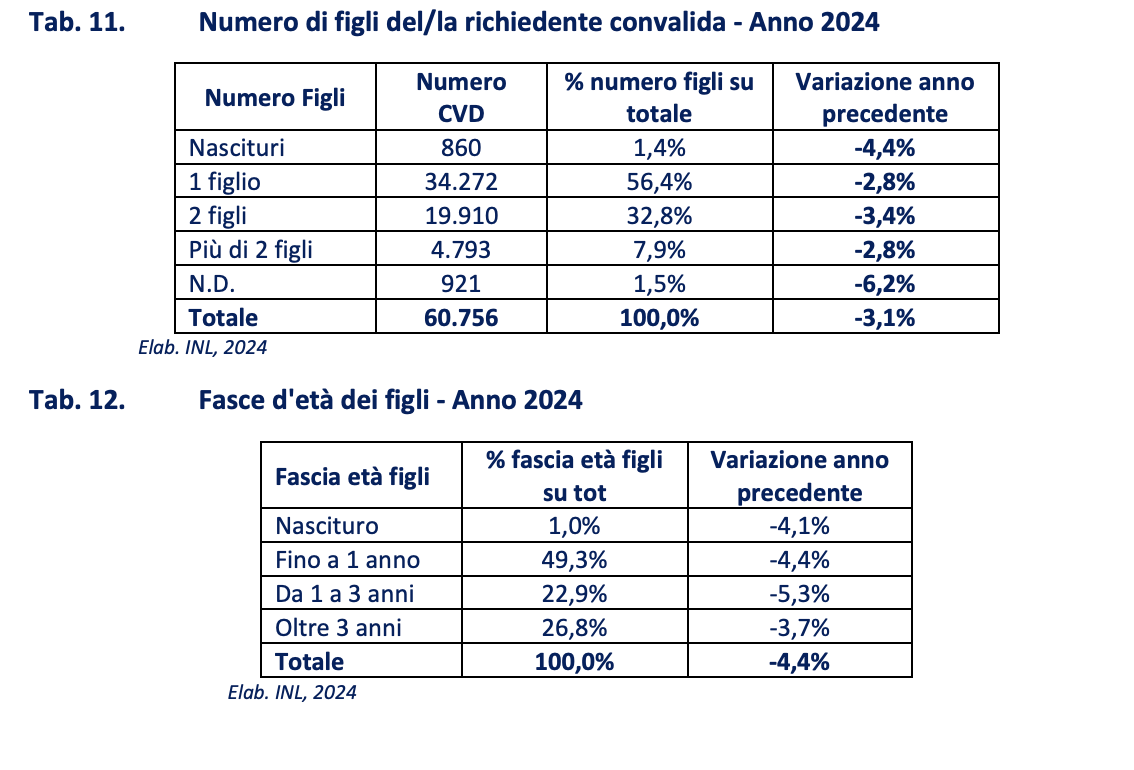Germany prepares for possible Russian attack: « Provide stock in 10 days »

Germany is making plans to rapidly expand the network of resistant shelters and bunkers, warning that the country must be ready for a possible attack by Russia in the next four years – said Ralph Tisler, director of the Federal Office for Civil Protection and Disaster Aid (BBK).
Tisler told Zidojce Zeitung that Germany, as the largest European economy, is insufficiently prepared for a potential conflict.
– For a long time in Germany, the belief that war is not a scenario we need to prepare. That has changed. We are concerned about the risk of a great aggressive war in Europe – he said.
He called for national effort to identify and adapt tunnels, subway stations, underground garages, parking lots and basements of public buildings in protective shelters to provide space for a million people. BBK plans to present a comprehensive plan this summer. According to Tisler, the construction of new bunkers would be expensive and slow, so existing facilities must be considered immediately.
The Russian invasion of Ukraine has increased fears in Germany, Poland and the Baltic states of possible new fronts in Europe.
Out of about 2,000 bunkers and protective rooms from the Cold War in Germany, only 580 are functional and can receive about 480,000 people, or 0.5 percent of the population. By comparison, Finland has 50,000 safeguards for 4.8 million people, or 85 percent of the population.
Tisler has called for modernization of alarm systems, improving information applications and protection against cyberattacks, as well as providing funding from the Friedrich Mertz Government. Civil protection needs are estimated at 10 billion euros over the next four years and 30 billion in the next ten years.
Tisler urged citizens to provide emergency stocks for at least 10 days, or at least 72 hours, to cope with possible power cuts and water. « This can help overcome smaller interruptions in everyday life, » he added.








